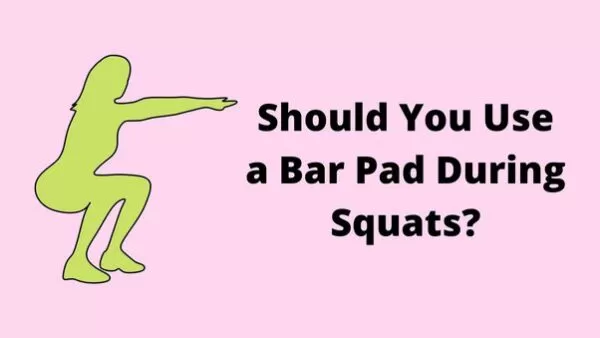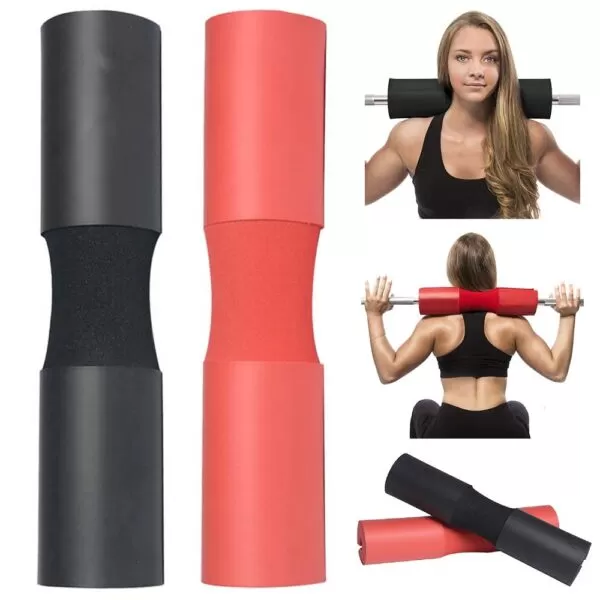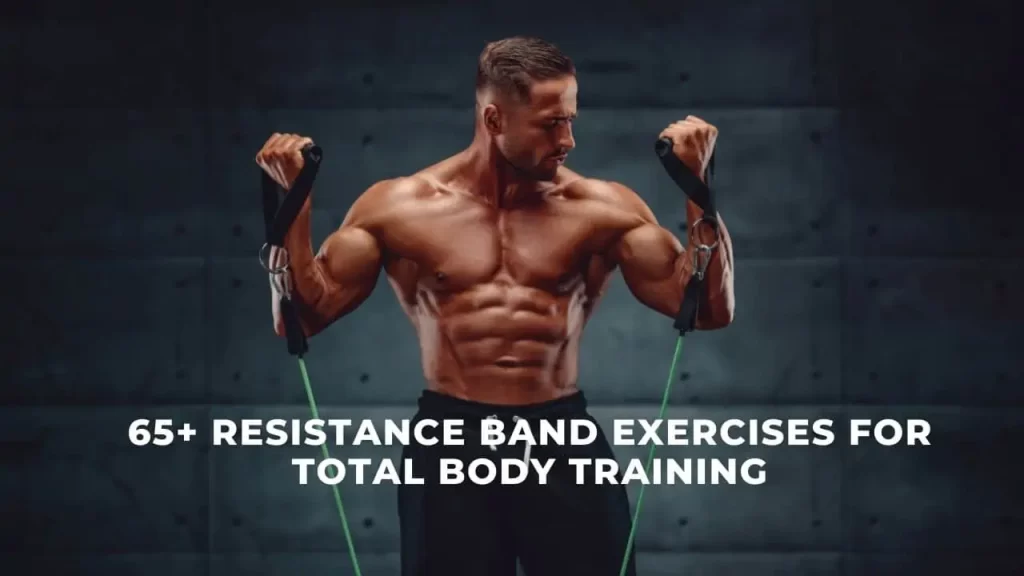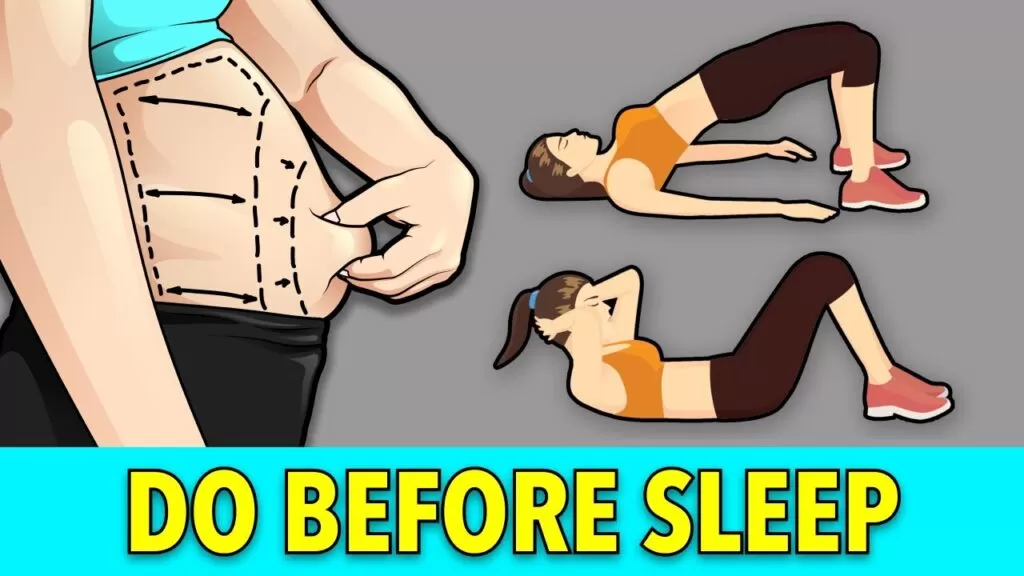Utilizing a hand-weight cushion can assist with dispersing the weight all the more uniformly and diminish distress.
Why the Barbell Pads are needed?
Comfort:
Pressure Distribution:
Stability and Grip:
Injury Prevention:
Is it bad to squat with a bar pad?
Using a bar pad for squats is a matter of personal preference and individual circumstances. While some people find it helpful for added comfort, others may prefer to squat without a bar pad. Here are a few considerations:
Stability:
A bar pad can slightly alter the feel of the squat and may affect the stability of the barbell on your back. Some individuals may find that the bar pad makes the bar feel less secure and potentially affects their balance during the movement.
Form and Technique:
It’s crucial to maintain proper form and technique during squats, regardless of whether you use a bar pad or not. Ensure that you are maintaining a strong, stable position throughout the movement, keeping your core engaged, and using correct squat mechanics.
Weight Distribution:
The use of a bar pad can alter the weight distribution on your back, potentially affecting how the load is distributed through your body during the squat. This might impact muscle activation and the overall effectiveness of the exercise.
Comfort:
Squatting with heavy weights on the upper back can be uncomfortable for some individuals, especially if they have prominent spinal processes or are sensitive to pressure. In such cases, a bar pad can provide some relief and make the exercise more comfortable.
Should you use a barbell pad for squats?
Using a barbell pad for squats is a personal preference and depends on individual factors such as comfort, fitness level, and goals.

What to use instead of a Barbell Pad?
Using a barbell pad for squats is a personal preference and depends on individual factors such as comfort, fitness level, and goals.
If you prefer not to use a barbell pad for squats, there are alternative options available to make the exercise more comfortable or to protect your upper back and shoulders. Here are a few alternatives:
- Towel or Cloth: You can fold a towel or use a cloth to create a cushioning layer between your upper back and the barbell. Simply wrap the towel around the barbell where it rests on your shoulders.
- Squat Sponge: A squat sponge is a specially designed foam pad that fits around the barbell. It provides cushioning and can help reduce discomfort without compromising stability or control.
- Neck Pad: Some individuals find that using a neck pad, often used for weightlifting exercises like barbell lunges, can provide additional comfort during squats. This pad is typically placed around the barbell where it rests on the back of the neck.
- CrossFit Barbell Pad: CrossFit-style barbell pads are designed to slide onto the barbell and provide cushioning. They are thicker and wider than traditional barbell pads and can be a good alternative for individuals who prefer more cushioning.
 Remember, regardless of the alternative you choose, it’s important to maintain proper squat form and technique. Focus on maintaining stability, and control, and gradually progressing with your training to ensure optimal results and minimize the risk of injury.
Remember, regardless of the alternative you choose, it’s important to maintain proper squat form and technique. Focus on maintaining stability, and control, and gradually progressing with your training to ensure optimal results and minimize the risk of injury.


